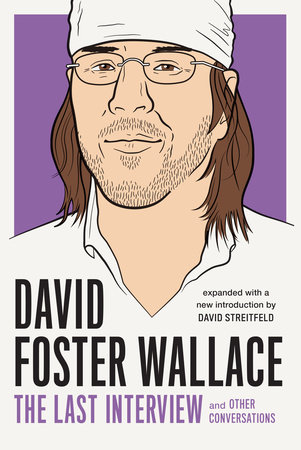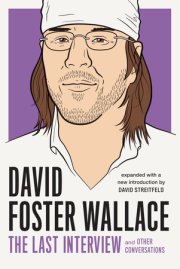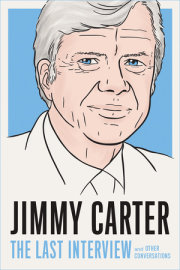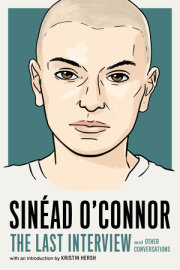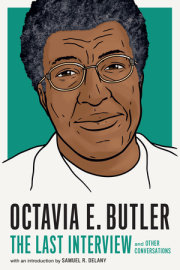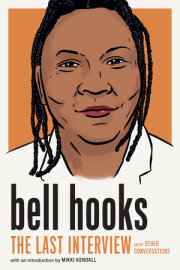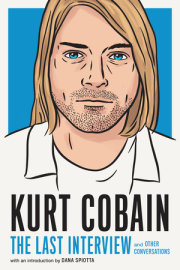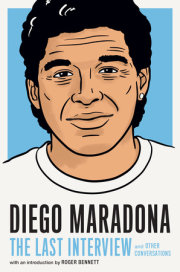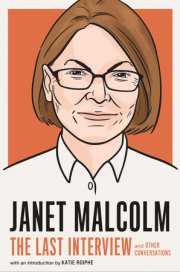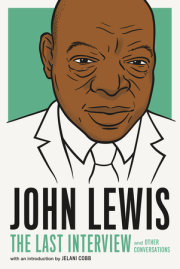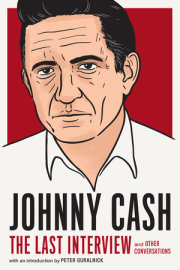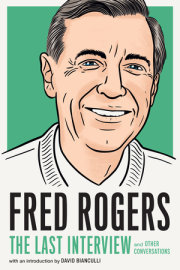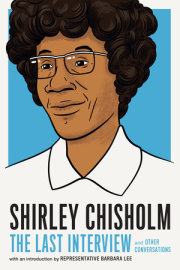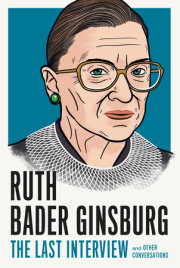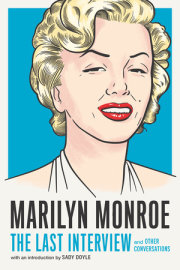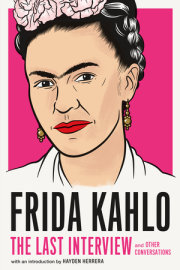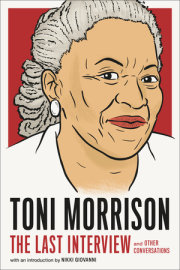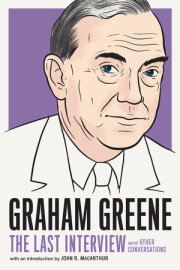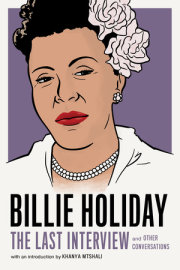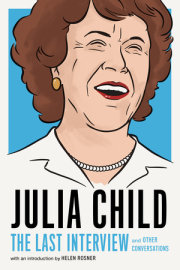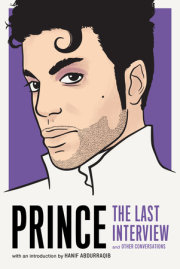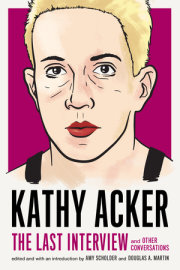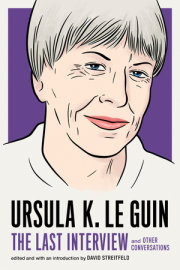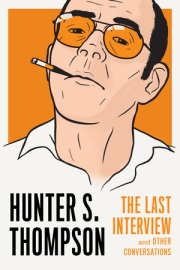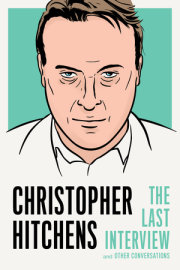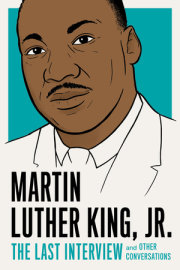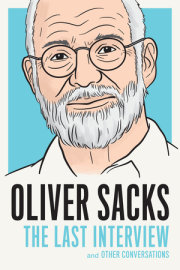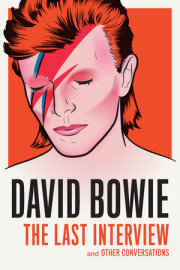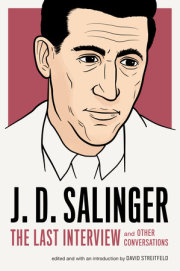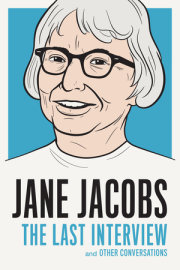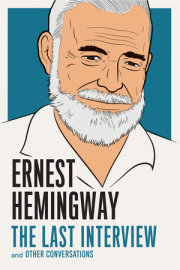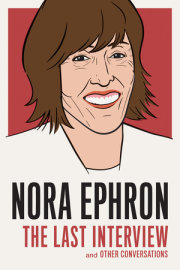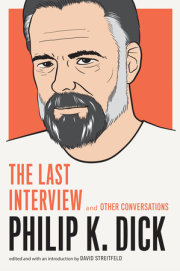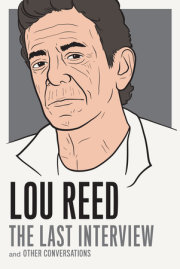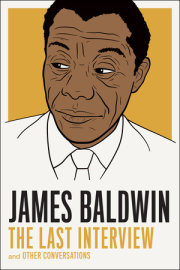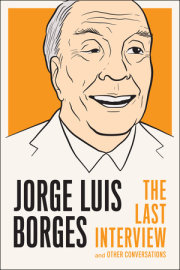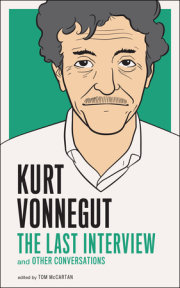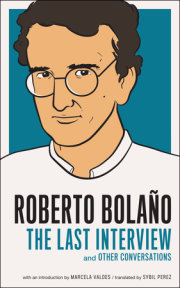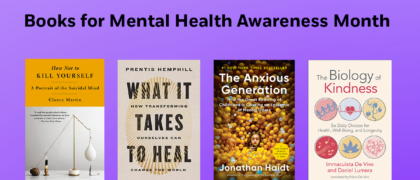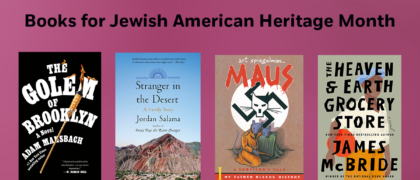David Foster Wallace: The Last Interview Expanded with New Introduction
INTRODUCTION DAVID STREITFELDI was David Foster Wallace’s worst friend. He would send me letters and I wouldn’t answer them. He would send works in progress with forlorn notes. “You’re under no obligation to read or to pretend you’ve read the enclosed,” he wrote on one piece. I didn’t. That particular manuscript was, I see now, “E Unibus Pluram: Television and U.S. Fiction,” which he was revising for a book. It is one of the most influential literary essays of the last thirty years.
One day Wallace sent me a chain letter. People under the age of forty probably have no idea what this is. In essence, it was paper going viral. A chain letter included an original letter promising good luck to everyone who kept the chain going, copies of letters from every subsequent recipient, and finally a note from the friend or acquaintance who got it most recently, exhorting you to keep the good luck flowing by sending the whole thing on to five more friends.
Chain letters were made possible by the invention of the photocopier and were rendered superfluous by the internet, which could copy and forward things effortlessly. Wallace sent me his in 1996, right as email was beginning to take off. It might have been the last chain letter ever. When I opened the thick envelope and saw what it contained, I groaned.
“This letter originated in the Netherlands, and has been passed around the world at least 20 times,” the original letter at the bottom of the stack proclaimed. “The one who breaks the chain will have bad luck. This is not a joke.”
Wallace got his packet from his best friend and onetime collaborator, Mark Costello, a lawyer who was sent it by another lawyer. “I don’t normally circulate these things,” Costello wrote Wallace in his cover note, “but this chain letter is just too funny—there’s five senior federal judges here, one United States congressmen, a bunch of DOJ prosecutors and lawyers, lawyers, lawyers. The idea of lawyers hedging their bets like this is fitting somehow.”
—
You can see how all this might have appealed to the novelist hailed as the one true heir of Thomas Pynchon, whose The Crying of Lot 49 is about a secret postal system. Wallace was so heavily influenced by Pynchon he tended to get cranky when reviewers brought it up, but he always loved Crying. Chain letters were like a Pynchon novel come to life.
The only message in Wallace’s cover note was in Latin, which was typical of his correspondence. He once sent me a card with only two words on it, both in Russian. To this day, I have no idea what it says. The chain letter said: “Nemo mortalium omnibus horis sapit.” Thanks to Google, I now know this means: “No man is wise at all hours.” In other words, “I need all the good luck I can get so I’m taking this seriously.” Which is how Wallace felt pretty much all the time.
Me too. But I also felt like I was eleven again, being told to do something ridiculous. I broke the chain, letting the envelope rest on my desk for days, then weeks, until finally I threw it in a box and stowed the box out of sight. Trouble with a woman soon followed, the bad luck that was now my lot in life. Another of Wallace’s five recipients was Jonathan Franzen, whose career was at such a low point he was reduced to writing articles blaming the wicked world for neglecting novels as serious as his. Franzen’s next novel got him on the cover of Time magazine and sold a million copies, so I think we can be pretty sure he put in his time at the Xerox machine.
I think about fate—another name for luck—and Wallace all the time. There’s a line by the German literary critic Walter Benjamin about how a man who dies at the age of thirty-five will always be remembered as a man doomed to die at the age of thirty-five. Benjamin, who committed suicide because he could not escape from Nazi-occupied Europe, anticipated his own destiny, and Wallace’s as well. Wallace’s suicide in 2008 at the age of forty-six is often seen as the unhappy ending he was always rushing toward. Everything before that was just an inescapable step along the way.
I can’t accept such a gloomy verdict. His masterpiece, Infinite Jest, is about many things—tennis, drug addiction, terrorism, the search for a videotape so entertaining it kills you—but it is also about reasons to break free of the fate to which you’ve been assigned. It is about reasons to live.
Appropriately enough, the novel’s own vitality has been remarkable. It looms over the other American novels published in the 1990s, and has yielded both a cult and an industry. Wallace is much studied by academics and much obsessed over by a certain kind of young man. There has been a biography and a biographical movie starring Jesse Eisenberg and Jason Segel and a David Foster Wallace Reader that has the heft of Infinite Jest. Signed copies of his books—talismans of his genius—change hands for impressive sums. His tennis writings have been collected by the canon-anointing Library of America. The internet is littered with shrines to his skill and his abundant hair. His unfinished third novel, The Pale King, was a runner-up for the 2012 Pulitzer. Even stories about him win awards, like the Rolling Stone post-mortem that yielded the book that became the movie.
When I knew Wallace best there was none of this record of dominance and achievement. He was a very smart, very tortured guy who wrote a very long novel that many people, even literary people, didn’t want to read. He may have dreamed of immortality, all writers do, but he didn’t expect it. Nothing was obvious except his talent.
It’s a tricky thing, literary immortality. Nearly all fiction reflects its time and remains bound by it. These novels and stories jam the shelves of used bookstores until even the most sluggish proprietors send them away for composting. The books that remain alive, by writers as various as Jane Austen, E. M. Forster, Kurt Vonnegut, James Baldwin, and F. Scott Fitzgerald, tackle the meaning of life for a new era, looking for an answer to the persistent question: How must we live?
—
In 1993, Wallace defined his goal as “writing about younger people trying to find themselves in the face not only of conform-or-die parents, but also this bright seductive electromagnetic system all around them that tells them that they don’t have to.” Parts of Infinite Jest read as if he were trying to reassure himself, striving to transmute the life-affirming clichés of Alcoholics Anonymous into something more sophisticated but equally effective. Here’s Hal the tennis whiz dispensing advice to “feral prodigies” in one of the novel’s many bravura set-pieces:
“Be a Student of the Game. Like most clichés of sport, this is profound. You can be shaped or you can be broken. There is not much in between. Try to learn. Be coachable. Try to learn from everybody, especially those who fail…How promising you are as a Student of the Game is a function of what you can pay attention to without running away. Nets and fences can be mirrors. And between the nets and fences, opponents are also mirrors. This is why the whole thing is scary.”
Scary. It was a word that cropped up often in my conversations with Wallace. That and sad. We were scared because we were sad and sad because we were scared, the two fused together in a helix. It was his diagnosis of American culture, and certainly of himself. He was on to something. As I write this, the stock market is higher than it has ever been and unemployment is at a modern-day low, and yet contemporary discourse is choked with dread. Our sour politics amplifies this but does not explain it.
Wallace blamed the technology that surrounds us and numbs us. I always used to wonder why he was so bent out of shape about television, so entranced by something so stupid. Just turn the damn thing off, I would think. But he anticipated the internet, which is always on, devilishly seductive and wholly consuming. We have found the Infinite Jest videotape, and are inside it.
At the end, Wallace couldn’t write, couldn’t solve the impossibly difficult challenge he had set for himself with The Pale King of making something compelling out of something numbingly dull, couldn’t exist without the drug that had permitted him to keep going all the years, but could no longer exist with it either. Try to learn to let what is unfair teach you, Hal advises the feral prodigies. It is a very hard lesson. The pale king came for Wallace and he hung himself in his suburban Los Angeles house, trying in the way of all suicides to obliterate not only his body but everything that went with it—his recent and happy marriage, his teaching, his success, all the work he was going to do in the future. He did save his unfinished manuscript, however. He cared about writing more than anything.
His suicide may not have been preordained, but that is when he became really famous. He called the culture sad and then his sad story was taken up by it, all the secrets and struggles he had tried so long to hide becoming raw material for the entertainment/industrial complex, which rolls over everything in its path. That’s a David Foster Wallace story all right.
Copyright © 2018 by David Foster Wallace. All rights reserved. No part of this excerpt may be reproduced or reprinted without permission in writing from the publisher.

